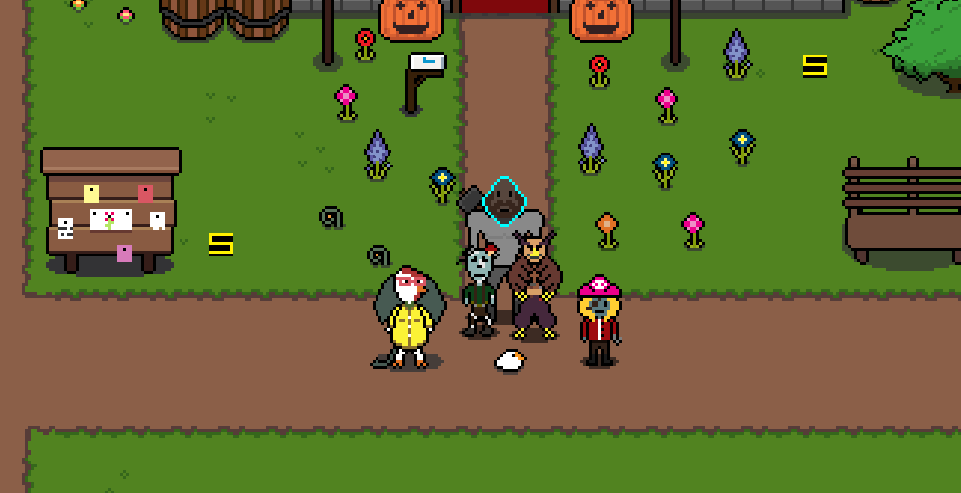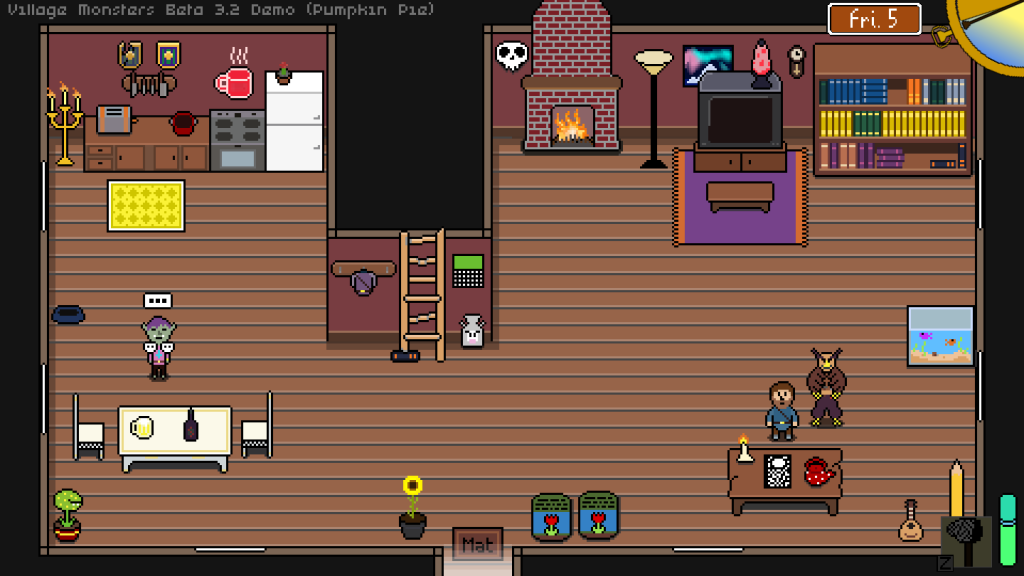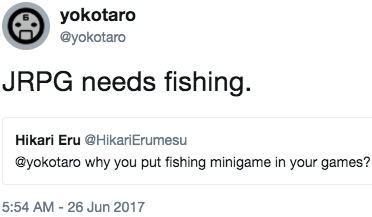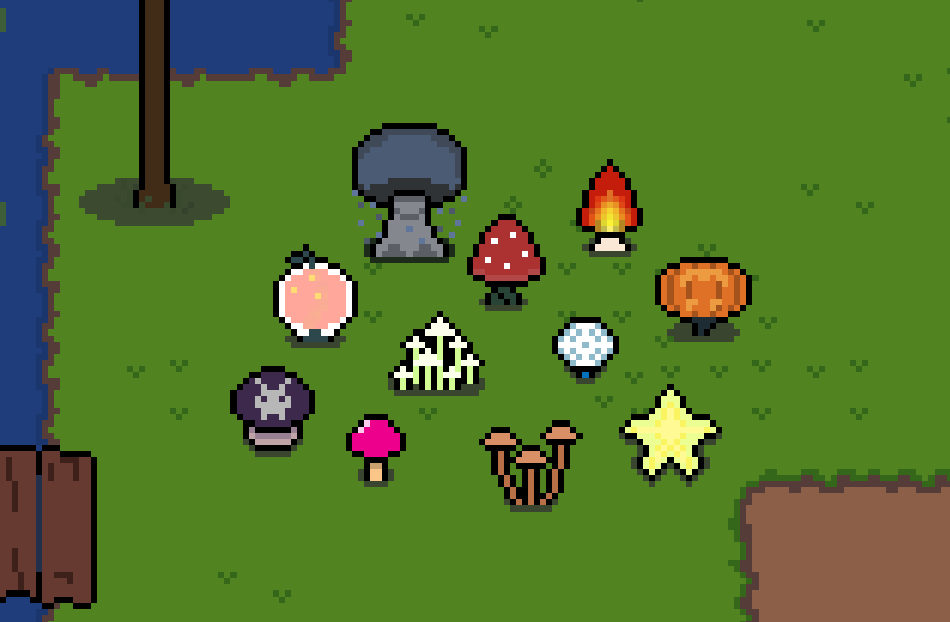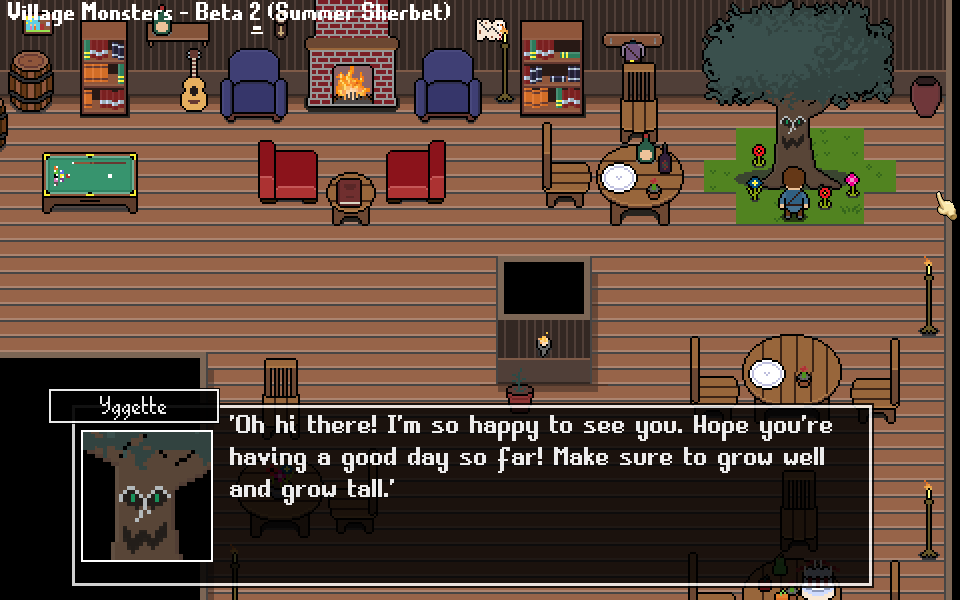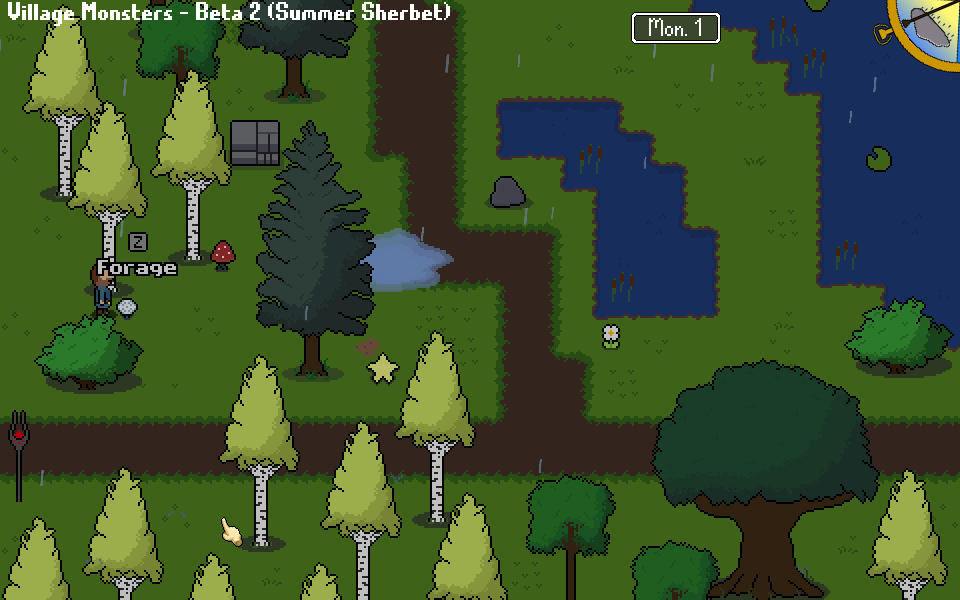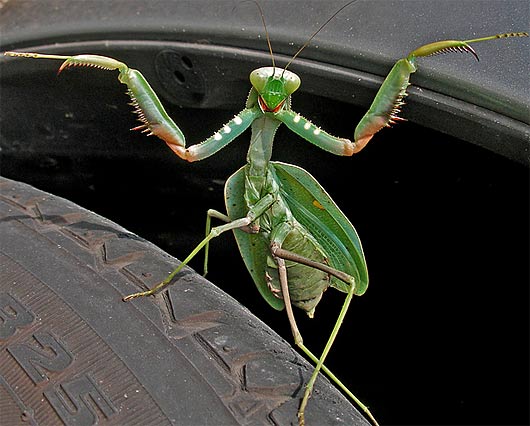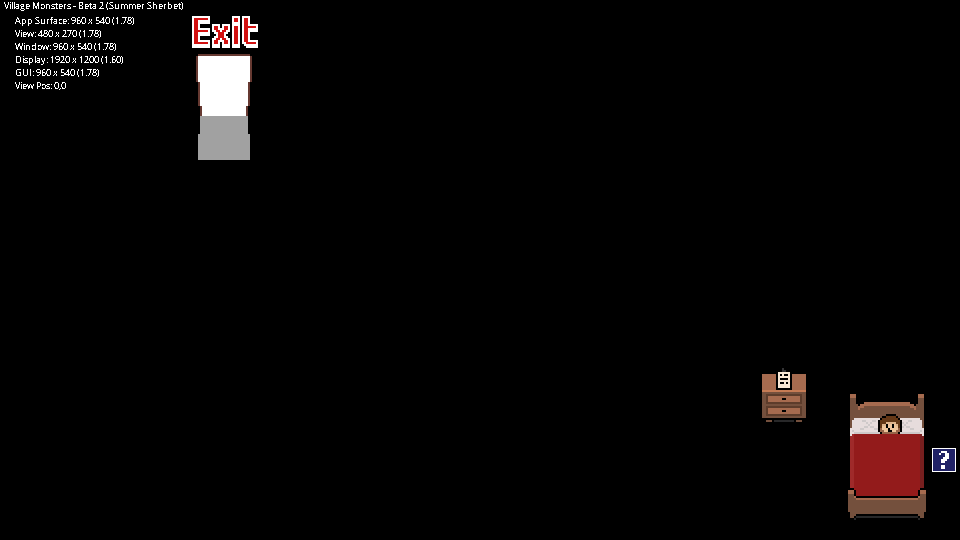Hello Villagers!
It’s that time again, y’all – that’s right, I’m talkin’ dev diary time.
As the release date inches ever closer it’s becoming increasingly harder to write these. I’m working on so much right now that a true weekly recap would be… well, too long and too hard to write.
So I’m changing things up a bit. Instead of writing about the top things I worked on I’m instead going to focus on one particularly feature for each post. Today? It’s Mushroom Gardening.

A Fungi to Talk To
Each hobby has a series of skills and upgrades that you gradually unlock over time. Mushroom gardening is no different.
The first skill you unlock as a novice gardener is called Mush Mouth: this lets you chat with your fledgling mushrooms in order to make them grow faster.
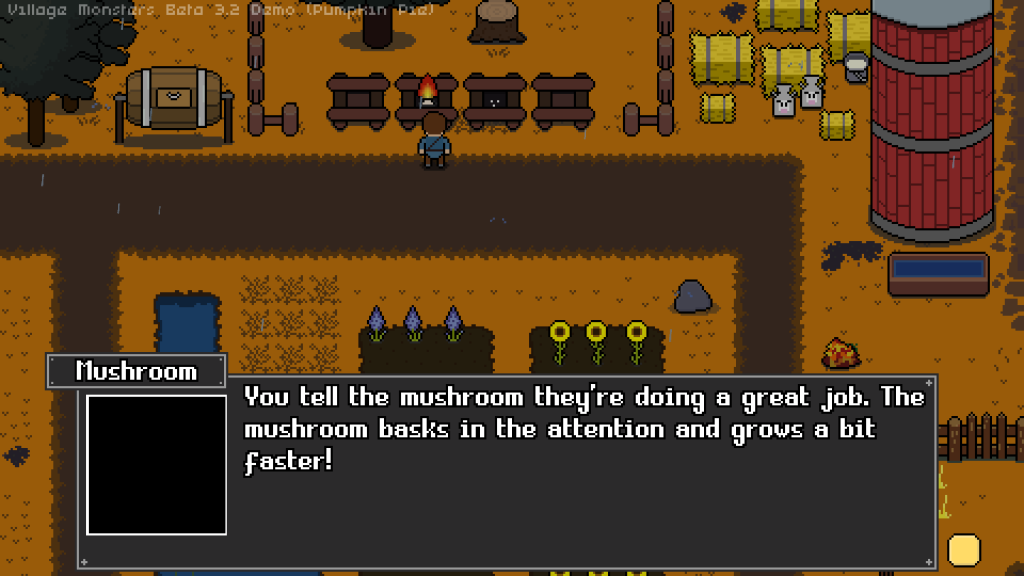
Upgrades are generally buildings or workshops that you can add to the village and homestead to make your life easier. The Spore Extractor is one such upgrade.

This handy device converts mushrooms into spores that you can then grow in your own garden. It’s super useful for new species you forage out in the wild or for unique mutations that you want to cultivate
Zen and the Art of Mushroom Maintenance
One of my top design goals in general has been to remove annoyances and other things that waste your time. However, the more finished it gets the more I’ve come to appreciate the positive impact that maintenance has on a game.
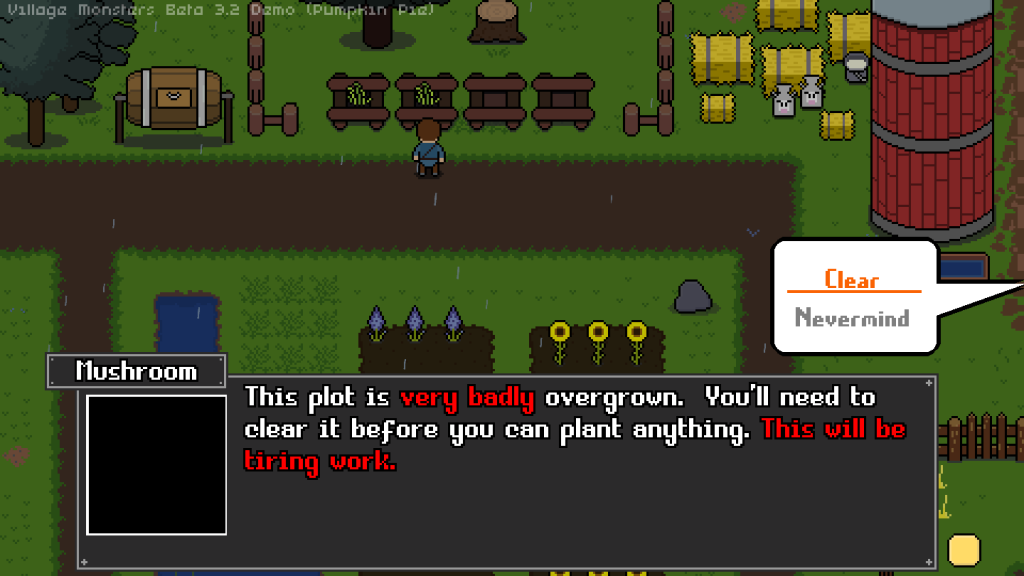
This is especially true of gardening. I don’t think gardeners necessarily love weeding, but they definitely appreciate the hard work and zen-like upkeep that comes with growing plants.
Neglected mushroom plots can now become overtaken by weeds and must be cleared out before they can be used. The longer you wait to clear it out the more overgrown it becomes.
Weeds won’t destroy a mushroom but they do prevent it from growing, so you’ll want to check in on your little buddies often. In general you’ll be encouraged to check in on your garden and perform upkeep as needed, but it shouldn’t ever feel like a burden. Hopefully.
Can’t spell fungi without GUI
Unfortunately for me designing and programming cool features is only half of my job. I also have to… you know… make a UI so players can actually use them.

I’m not great at UI (clearly), but the above is a prototype of what I’m working on.
When interacting with a mushroom plot you can pick the spores and soil (and see the effects) while also previewing any mutations or hybrids that might crop up. This is hopefully the only UI element related to gardening.
What’s Next for Gardening?
I’m definitely working on mutations next. This is a very important part of growing mushrooms but currently only exists in the background.
Beyond that I need to work on fungi breeding, more mushroom species / effects, and whole bunch of new skills and upgrades for you to purchase.


